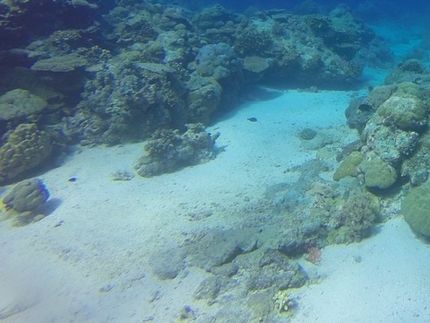Plasma is the New Green
Ionized gas improves treatment of PET fibers
A more environmentally friendly process to treat textile fibers that are used in garments, carpets, curtains, and other applications has recently been reported by researchers from the University of Torino (Italy) in the journal ChemSusChem. The team, led by Guido Viscardi, describe how treating polymeric fibers with a low-temperature partially ionized gas increases the ability of the fibers to attract water, which is necessary to make them easier to process.
About 39 million tonnes of poly(ethylene terephtalate) (PET) fibers are produced for the textiles industry annually. PET fibers are used in a variety of products, but in their pristine state the fibers are not easy to work with. Currently, they are therefore treated with large volumes of water containing specific chemicals. The treatment is aimed at increasing the affinity of the fibers for water, so that they can, for example, be more easily colored. The purchase and disposal of these chemical solutions for treatment is costly, and in addition, the process consumes a lot of energy because the fibers have to be dried again afterwards.
According to the researchers, the proposed treatment with plasma, instead of the aqueous solutions, roughens the surface of the fibers and generates polar groups and radicals onto the surface. The team investigated several plasma conditions and their effects on the PET fibers. Sophisticated microscopy techniques in combination with classical droplet measurements allowed them to quantify and explain the results of the plasma treatment.
The experiments confirm that the plasma treatment has a comparable effect to the chemical treatment: the affinity for water is increased, which makes the processing of the fibers easier. This is exemplified by the image: after treatment the water droplet on the fiber surface is spread out more, because it is easier for the surface and water molecules to interact.
According to Viscardi, atmospheric-pressure glow-discharge plasma is a green and alternative method to render PET fibers hydrophilic without using wet treatments. Moreover, the possibility of working in continuous (i.e., by using a roll-to-roll system), is a very important feature for the industrialization of this process.
The method reported by the team from Torino is an effective effort towards the implementation of green chemistry: it prevents waste, reduces the reliance on the use of substances and feedstocks and consumes only a few Watts per m2.
Original publication: Guido Viscardi et al. "Roll-to-Roll Atmospheric Plasma Treatment: A Green and Efficient Process to Improve the Hydrophilicity of a PET Surface"; ChemSusChem 2010.
Other news from the department science

Get the chemical industry in your inbox
By submitting this form you agree that LUMITOS AG will send you the newsletter(s) selected above by email. Your data will not be passed on to third parties. Your data will be stored and processed in accordance with our data protection regulations. LUMITOS may contact you by email for the purpose of advertising or market and opinion surveys. You can revoke your consent at any time without giving reasons to LUMITOS AG, Ernst-Augustin-Str. 2, 12489 Berlin, Germany or by e-mail at revoke@lumitos.com with effect for the future. In addition, each email contains a link to unsubscribe from the corresponding newsletter.


























































